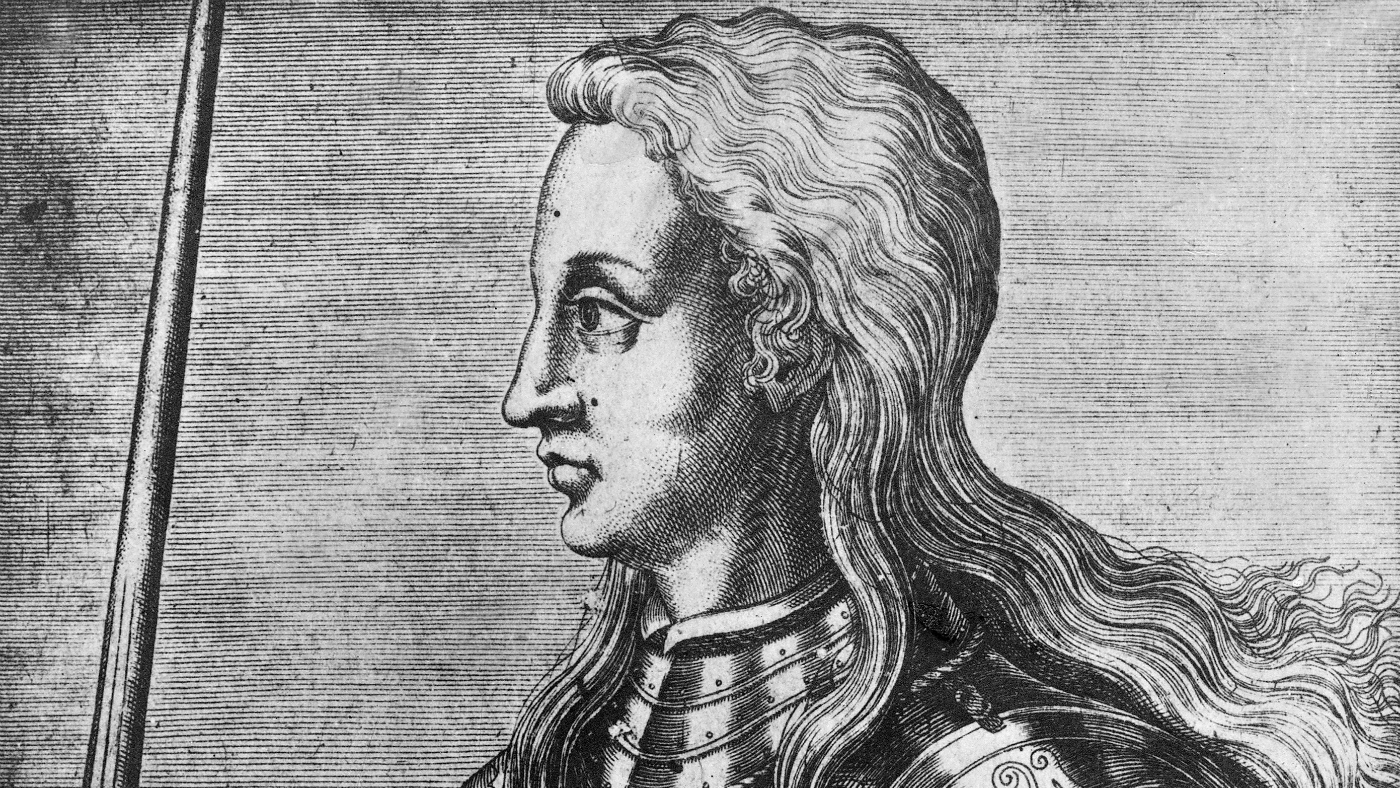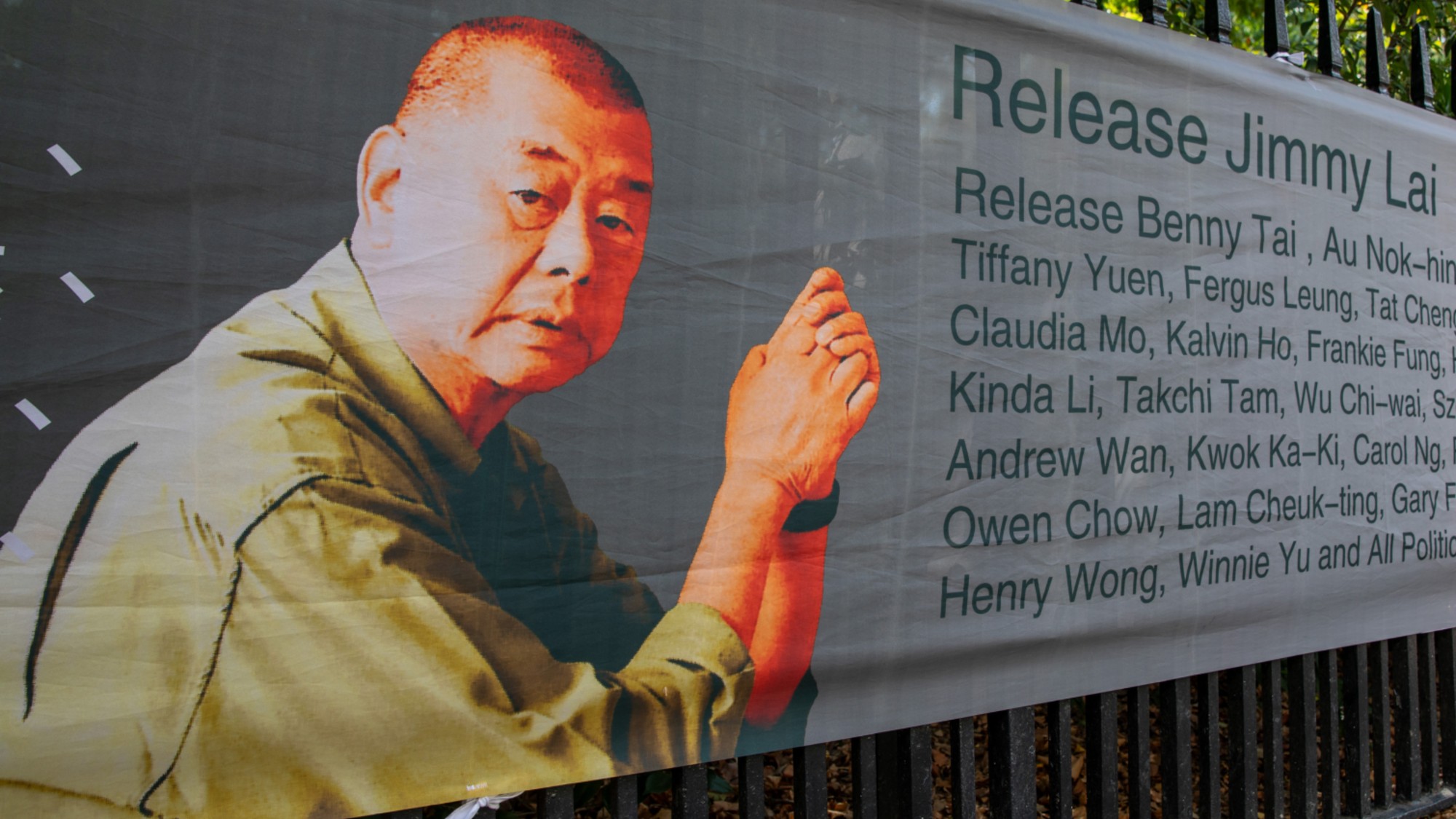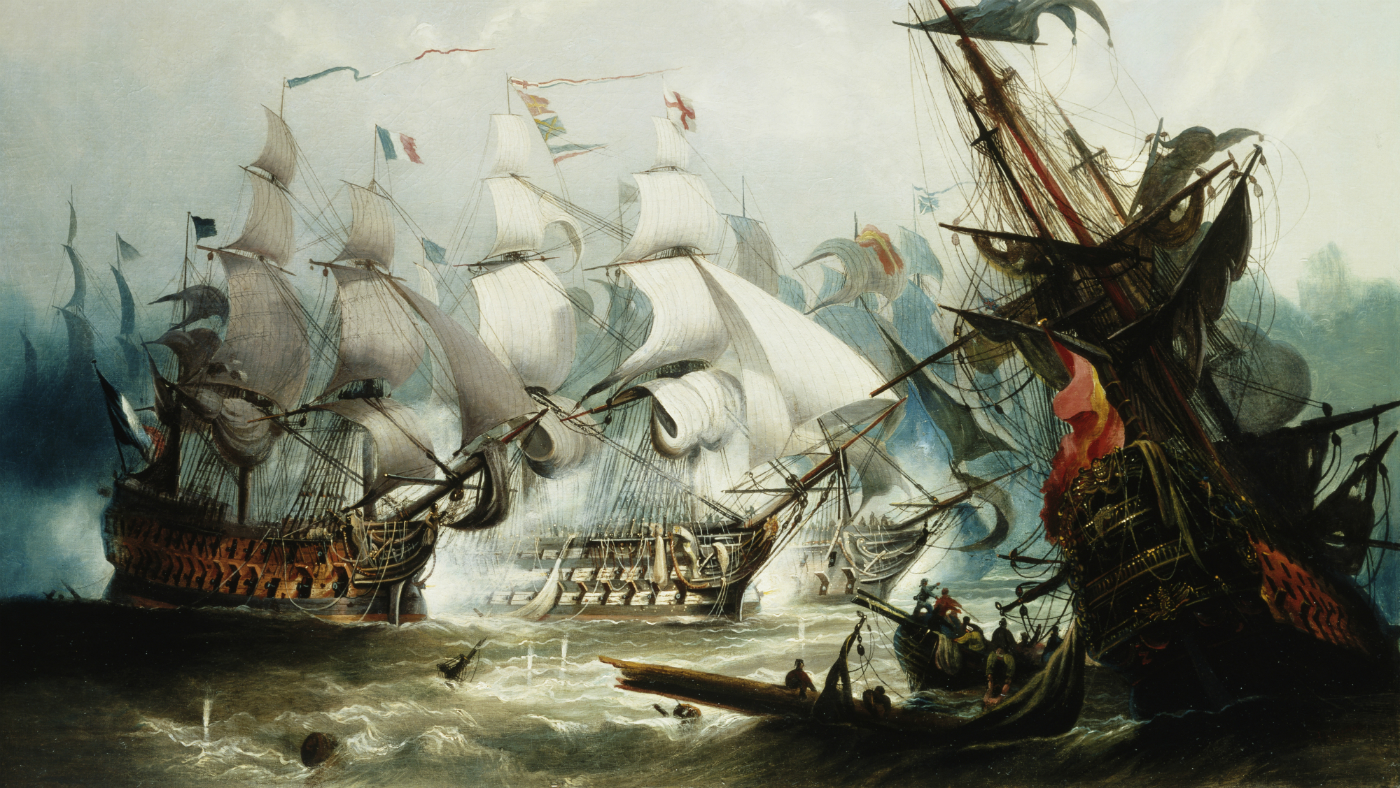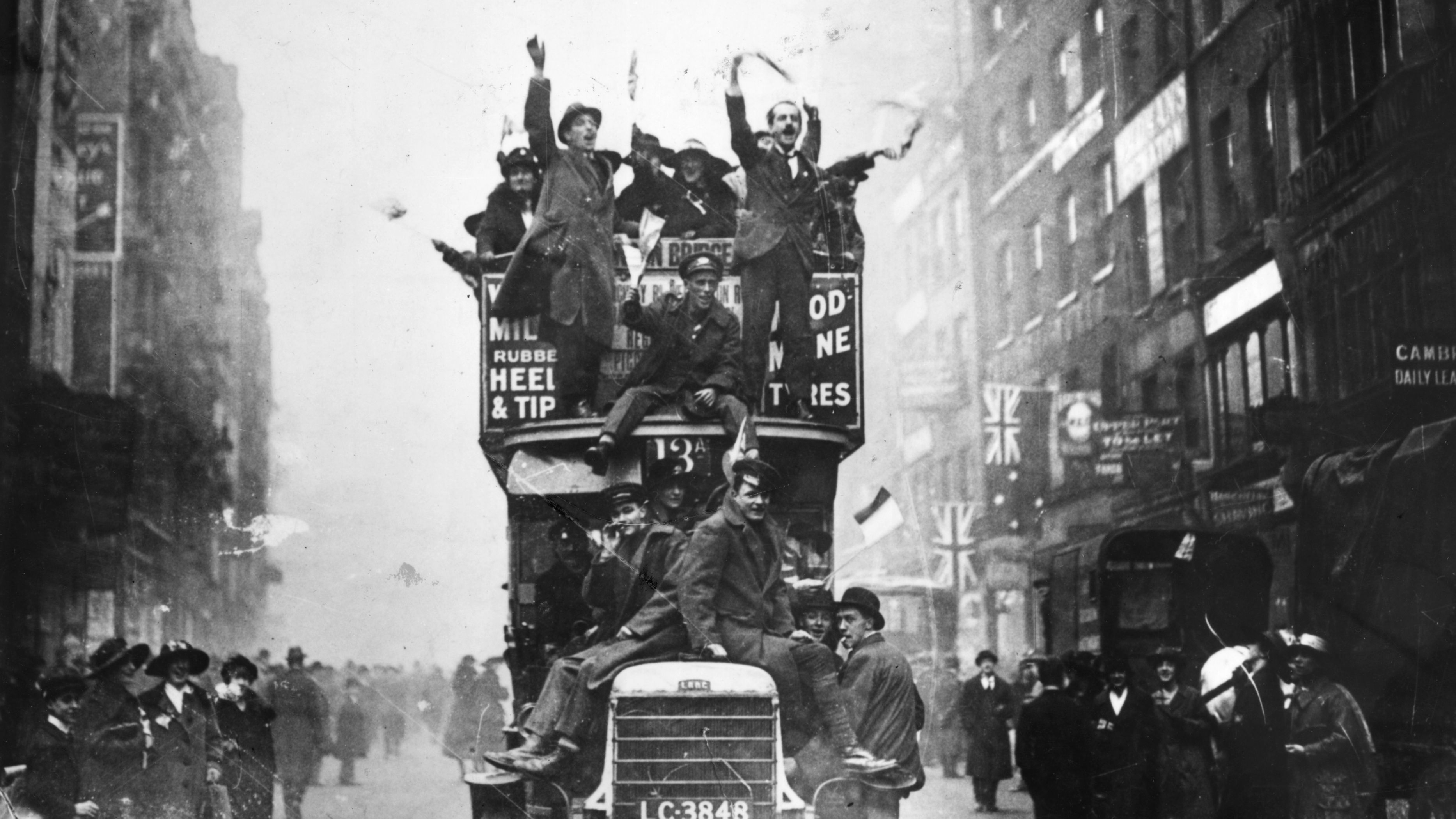A national icon of France: who was Joan of Arc?
The saint, military leader and martyr was captured by the Burgundians in Compiegne

A canonised Catholic saint, national icon of France and one of history’s most revered military leaders, Joan of Arc has remained a source of fascination for historians for almost 600 years. Following her capture by the Burgundians in Compiegne, she was found guilty of witchcraft and heresy and burned at the stake on 30 May 1431, at the age of 19.
Despite living such a short life, the legacy of Joan of Arc continues to inspire art, literature, film and TV to this day. So who was she and why was she so important?
Early life
Joan of Arc is estimated to have been born in 1412 to a poor family in Domremy, a French region that had suffered from the long conflict between England and France, according to Biography Online.
The Week
Escape your echo chamber. Get the facts behind the news, plus analysis from multiple perspectives.

Sign up for The Week's Free Newsletters
From our morning news briefing to a weekly Good News Newsletter, get the best of The Week delivered directly to your inbox.
From our morning news briefing to a weekly Good News Newsletter, get the best of The Week delivered directly to your inbox.
At the time of her birth, France was embroiled in a long-running war with England known as the Hundred Years’ War over who was the true heir to the French throne. “By the early 15th century, northern France was a lawless frontier of marauding armies,” said Biography.com.
In 1415, King Henry V of England invaded northern France and gained the support of the Burgundians, a political allegience against the French comprised of supporters of the Duke of Burgundy, John the Fearless.
From an early age Joan of Arc displayed a sensitive and religious temperament, while friends were recorded as saying she was “greatly committed to the service of God and the Blessed Mary”.
In 1424 at around the age of twelve, Joan of Arc claimed to have mystical visions in which she “felt the voice of God commanding her to renew the French nation” and in 1429 pursued an audience with the future King Charles VII - who had assumed the title Dauphin (heir to the throne) - to ask his permission to expel the English and install him as the rightful king.
A free daily email with the biggest news stories of the day – and the best features from TheWeek.com
The Battle of Orleans
In April 1429 the then-17-year-old Joan of Arc asked Charles to give her armour, a horse and an army to lead to the besieged city of Orleans, which had been under attack by the English since October 1428.
Charles granted her request against the advice of most of his counsellors and generals, and his reasoning for handing control of an entire army to a 17-year-old peasant girl remains “one of history’s great mysteries”, said Live Science.
In a series of battles in May 1429 the French army, under the leadership of Joan of Arc, retook all English fortifications in the region in a decisive French victory that became a turning point in the Hundred Years’ War. As a result of this victory, she was given the nickname “The Maid of Orleans”.
After clearing the enemy out of the other towns along the Loire River and dealing them another decisive blow at the Battle of Patay, the English army was routed and with it, finally, its reputation for invincibility, said Encyclopedia Britannica.
Martyrdom
“After such a miraculous victory, Joan’s reputation spread far and wide among French forces,” said History.com. “She and her followers escorted Charles across enemy territory to Reims, taking towns that resisted by force and enabling his coronation as King Charles VII in July 1429.”
However, she was captured during the Siege of Compiegne by the Burgundians on 23 May 1430 and, after King Charles VII refused to negotiate for her release, was turned over to the church and tried as a heretic. She was charged with 70 counts, including witchcraft, heresy and dressing like a man.
Joan of Arc was 19 when she was burnt at the stake in Rouen by the English on 30 May 1431. The Cardinal of Winchester is recorded as having ordered her to be burnt a second time, but her organs still survived this fire, so a third burning was ordered to destroy the body completely. Her ashes were to be thrown into the Seine, said The Guardian.
In a later inquest she was declared to be officially innocent and was designated to be a martyr. She was canonised a saint in 1920 and remains the patron saint of France.
-
 Who is paying for Europe’s €90bn EU loan?
Who is paying for Europe’s €90bn EU loan?Today’s Big Question Kyiv secures crucial funding but the EU ‘blinked’ at the chance to strike a bold blow against Russia
-
 Quiz of The Week: 13 – 19 December
Quiz of The Week: 13 – 19 DecemberQuiz Have you been paying attention to The Week’s news?
-
 What’s causing the non-fiction slump?
What’s causing the non-fiction slump?In the Spotlight Readers are turning to crime fiction, romantasy and self help books as a form of escapism
-
 What happened at the Battle of Trafalgar?
What happened at the Battle of Trafalgar?In Depth Monday marks the 214th anniversary of Britain’s most famous naval victory
-
 How did World War One end?
How did World War One end?In Depth Duchess of Cornwall marks Armistice Day at Westminster Abbey